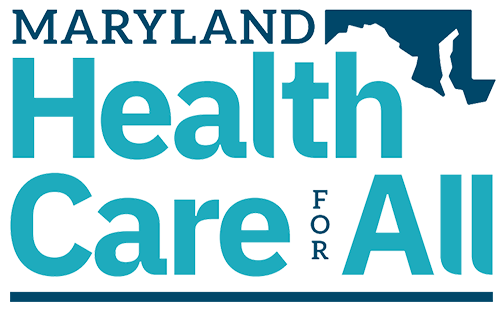The Baltimore Sun
May 8, 2018
Maryland’s Affordable Care Act insurance exchange is, in the estimate of CareFirst BlueCross BlueShield CEO Chet Burrell, in the “advanced stages of a death spiral.” That may understate the case a bit. It’s not just the Obamacare exchange that could collapse if the Trump administration doesn’t promptly approve a bipartisan plan to stabilize premiums; Maryland’s entire health insurance system could be at risk.
President Donald Trump has signed into law a $1.5 trillion tax overhaul package. Trump touted the size of the tax cut, declaring to reporters in the Oval Office before he signed it Friday that “the numbers will speak.”
The proposed rate increases, ranging from 18.5 percent to 91.4 percent for various plans offered by CareFirst and Kaiser, Maryland’s only two insurers on the exchange, affect a relatively small number of people, just 154,000 out of the state’s 6 million total population. And among them, many will be insulated at least to some degree from the premium increases because of the automatic federal subsidies built into Obamacare. But with GOP Congress/Trump administration repeal of the requirement that most individuals have health coverage, the number of people who drop out because of cost will rise, leaving behind sicker patients who have no choice but to pay whatever is necessary for care. When the coverage pool skews more heavily toward those with expensive medical bills, premiums go up more, and the problem worsens. At some point, the individual market will simply become untenable.
The way Maryland’s health care system works, the effects of that collapse will be felt far beyond the people who now buy coverage on the exchange. If ACA plans disappear, the people who depend on them won’t. They will still have expensive medical needs and no way to pay for them. Under Maryland’s longstanding all-payer system, the cost of their uncompensated care would then be passed on to the rest of us in the form of higher insurance rates. Meanwhile, because these sick and uninsured patients would have less (if any) access to primary care, they would be forced to rely on emergency rooms, which would make it all but impossible for the state to achieve its goals for holding down hospital costs as required under an Obama/O’Malley era update to the state’s Medicare waiver. If we lose that, we lose about $2 billion a year worth of Medicare payments.
That’s why Gov. Larry Hogan, a Republican, and the leaders of the General Assembly, who are Democrats, worked together even in an election year to mitigate the rate increases. The mechanism they came up with piggybacks on successful reinsurance programs adopted by other states. Essentially, they cover much of the cost of caring for the most expensive patients, which improves the composition of the risk pool and drives down premiums for everyone else. The Hogan administration is in the process of drafting an application for a waiver from normal Obamacare rules to make that possible. Officials estimate that a reinsurance pool could cut the potential rate increases for next year by as much as a third.
Early in the Trump administration, then Health and Human Services Secretary Tom Price sent letters to every governor inviting them to apply for such waivers needed to establish such a system, but since then, the federal government has sent what can best be described as mixed signals on the issue. Oklahoma put together what was described as the most ambitious reinsurance proposal in the nation only to withdraw it after the Trump administration failed to approve it by the deadline to set health insurance rates there last fall. Minnesota did get a reinsurance waiver but saw other elements of its health insurance system whacked by the Trump administration. Because Maryland’s proposal relies at least initially on substantial state-based funding and is advancing significantly earlier in the annual insurance rate-setting cycle than Oklahoma’s did (it’s currently in a public comment period), it might have a better chance.
But there are no guarantees. If Oklahoma, as Trump-loving a state as there is, got rejected, Maryland’s chances might seem slim — especially given Governor Hogan’s efforts to distance himself from President Donald Trump. The only voice that might have some clout is that of Rep. Andy Harris, the 1st District Republican. In response to an inquiry from The Sun, he reiterated his general opposition to the ACA but also said he believed the plan Governor Hogan and the General Assembly enacted is crucial and pledged to help see it come to fruition as soon as possible.
But there’s more Maryland leaders can and should do on their own. The federal repeal of the individual mandate is a substantial driver of the increased costs, and Maryland could enact its own, as Massachusetts did years ago. State health care advocates are pushing for an innovative version of the mandate that would allow individuals to use the fine they would pay as a down payment on their own health insurance premiums. The Maryland Citizens Health Initiative has asked the gubernatorial candidates to sign on, hoping that a show of resolve on the issue could help influence rates next year. So far, three Democrats have — Prince George’s County Executive Rushern Baker, state Sen. Rich Madaleno, and entrepreneur and author Alec Ross. We urge the other candidates to join them, including (perhaps especially) Governor Hogan. It’s a smart policy to both increase the number of people with insurance and allay the notion that the fine is a money grab by the government. And it’s smart politics to showcase his instincts as a pragmatic, non-partisan problem solver.
Last modified: May 8, 2018

